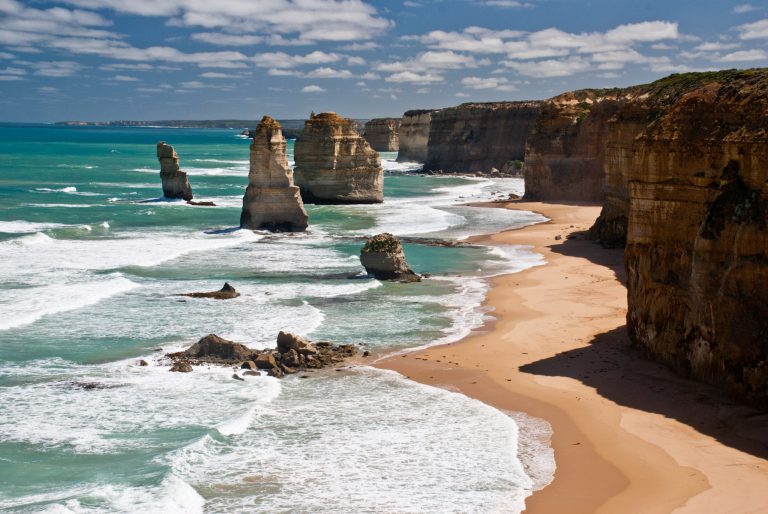
New data shows a record number of overseas students studied in Victoria, Australia, in the academic year 2015, confirming the region’s reputation as one of Australia’s most popular international study destinations.
Fresh figures from the Commonwealth Department of Education and Training reveal that in 2015, more than 175,000 international students pursued higher education in Victoria, up 15,000 on figures from the previous academic year.
Steve Herbert, Australia’s Minister for Training and Skills, used his speech at the 2016 Asia Pacific Association for International Education (APAIE) annual conference and exhibition, held this year in Melbourne, to highlight the success of Australia’s international education (intled) strategy.
International Education is Actually #Australia ‘s Third-Largest Export# https://t.co/12JruNC0Jm
— YouTubeEducation (@YTEducation) 5 March 2016
“Melbourne is the perfect host for this conference,” said Herbert. “Our universities are some of the best in the world and we’re ranked second only to Paris – as the most popular study destination for international students in the world.
“Victoria is one of the greatest multicultural societies and we welcome people from all over the world. It’s not hard to see why we’re now such a popular destination for 175,000 international students each year.”
The latest data shows that overall, almost a third of all international students choosing to study in Australia are opting for universities based in Victoria, a record high for the state. Victoria is home to Melbourne, a city that remains a global intled heavyweight, ranked the world’s second best in the QS Best Student Cities 2016 rankings. Sydney is another city representing Australia on the global intled stage, ranked the world’s fourth best student city after Paris, Melbourne and Tokyo.
Australia: international education exports hit record $19.65bn: https://t.co/dATvTCWrkp via @thepienews
— Oleg Legusov (@Oleg_Legusov) 3 March 2016
“Victoria is renowned for its research excellence and this government is strengthening international education and collaborative research partnerships in the Asia Pacific region,” noted Herbert.
The APAIE conference is one of the largest and most respected higher education symposiums in the Asia-Pacific region, bringing 1,600 sector professionals from 46 different countries together, including 184 from Japan.
The conference gives Victoria’s most reputed institutions the chance to highlight their finest talent and world-class research expertise.
Did you know that the value of international education to South Australia as an export reached $1.127 billion in the 2014/15 financial year?
— StudyAdelaide (@StudyAdelaide) 22 February 2016
Visitors to the conference were given the chance to explore the Study Melbourne Student Centre, an Australian-first organisation providing professional services, emergency support, community resources and interpreters- initiatives that are maintained by the Australian state government- to help international students adjust to life while living in Victoria.
The government also established the Student Welcome Desk at Melbourne International Airport, a scheme that allows university officials to greet international students upon arrival to the country.
International education now represents Victoria’s largest services export, producing more than AUS$5.6 billion for the regional economy, up from AUS$4.8 billion in 2014. The sector also supported more than 30,000 jobs in 2015.
Large rise in income from international education: US$13.9 billion in 2015 (increase of 11.5% since 2014) #Australia https://t.co/XFYGBcKEoL
— utrans (@utransforchange) 17 February 2016
The value of Victoria’s intled sector has more than doubled over the past ten years, with Victoria’s intled sector bringing in AUS$2.8 billion back in 2006.
The Australian Andrews Labor Government is adding the final touches to a new and improved international education sector strategy, which will form the backbone of the country’s plan to expand its global reach, and continue to grow international education in Australia long into the future.
Image via Wikimedia Commons.
Liked this? Then you’ll love these…
6 reasons why Australian Universities offer an unparalleled student experience
A focus on Science and Engineering could solve Australia-India education crisis







